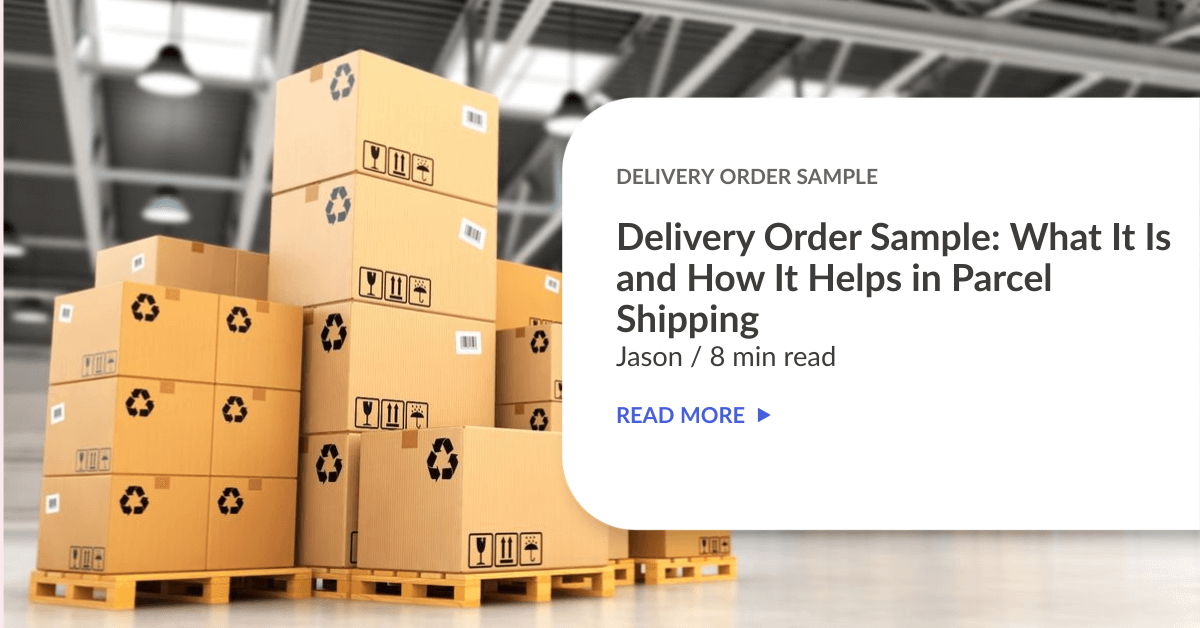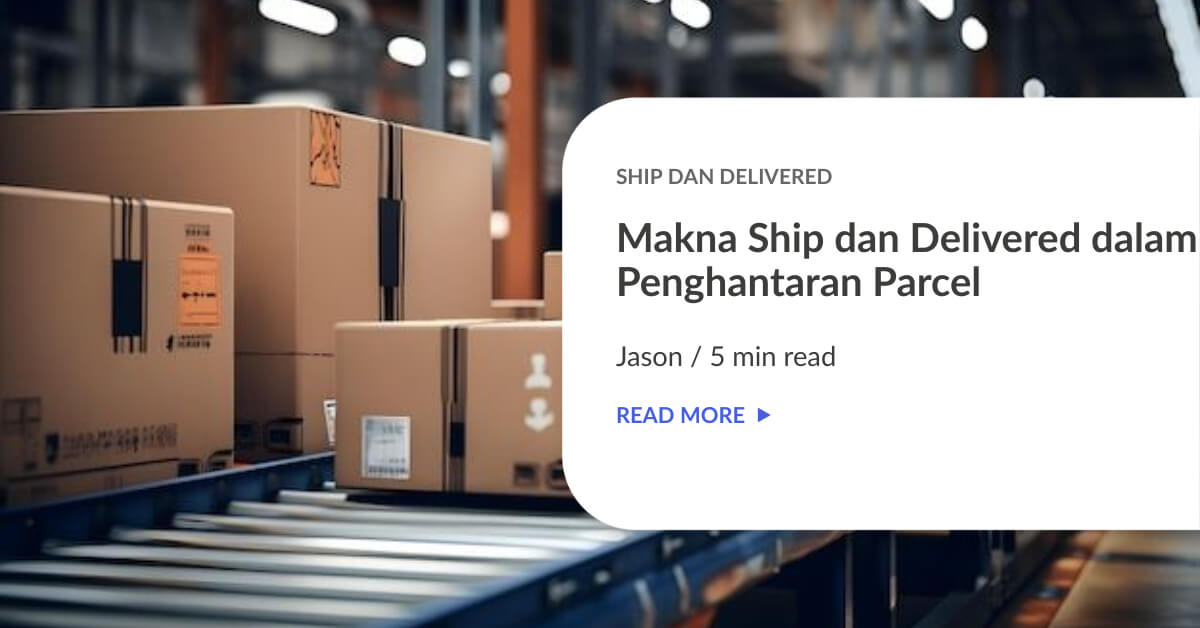If you’re running an online business or frequently sending parcels, you’ve probably heard of a Delivery Order (DO). But what exactly is it, and why do some companies attach a delivery order to their parcels?
In this blog, we’ll show you what a delivery order looks like and how it plays an important role in smooth parcel management.
Contents
What Is a Delivery Order?
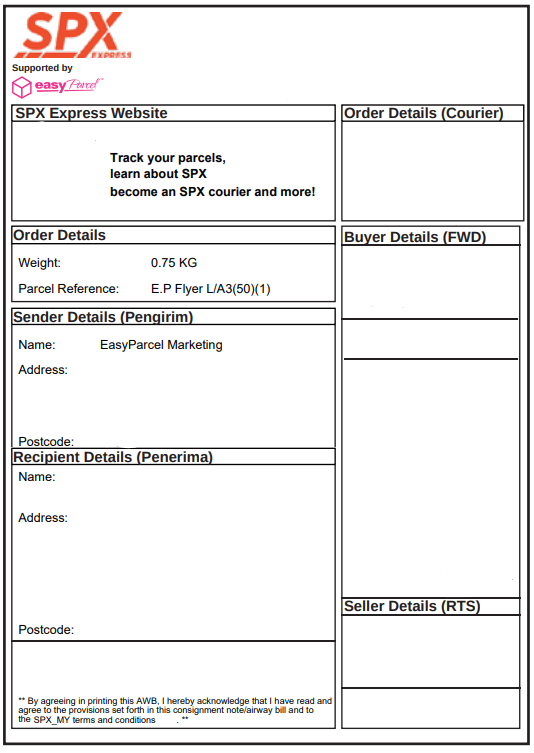
A Delivery Order (DO) is a business document issued by a seller, supplier, or courier to confirm that certain goods are being sent to a buyer or recipient. It acts as a record of shipment that helps both the sender and receiver track what has been dispatched.
In simple terms, it’s like a checklist or receipt that accompanies your parcel — showing details such as the sender’s name, recipient address, quantity, and description of items. It ensures transparency and prevents confusion during delivery.
Examples of a Delivery Order Sample
Here’s some simplified delivery order sample layout for reference:

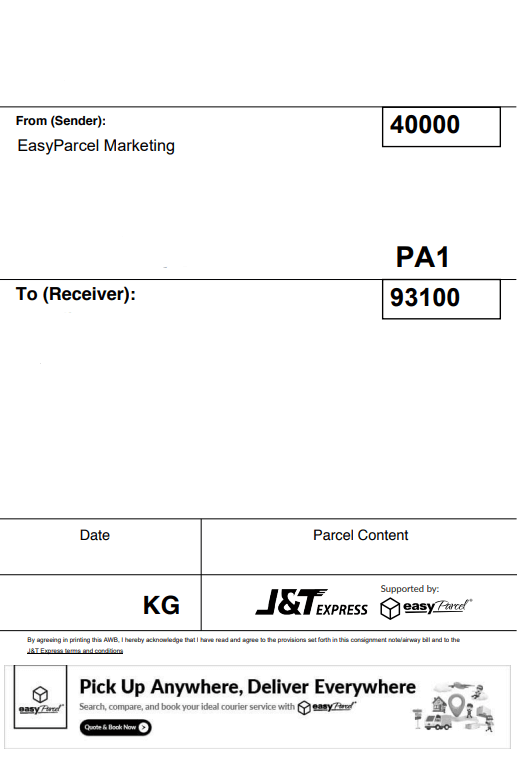


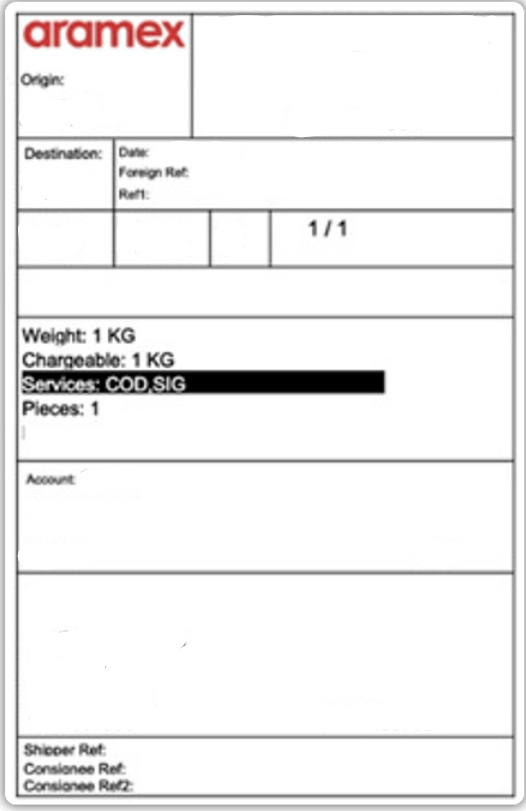
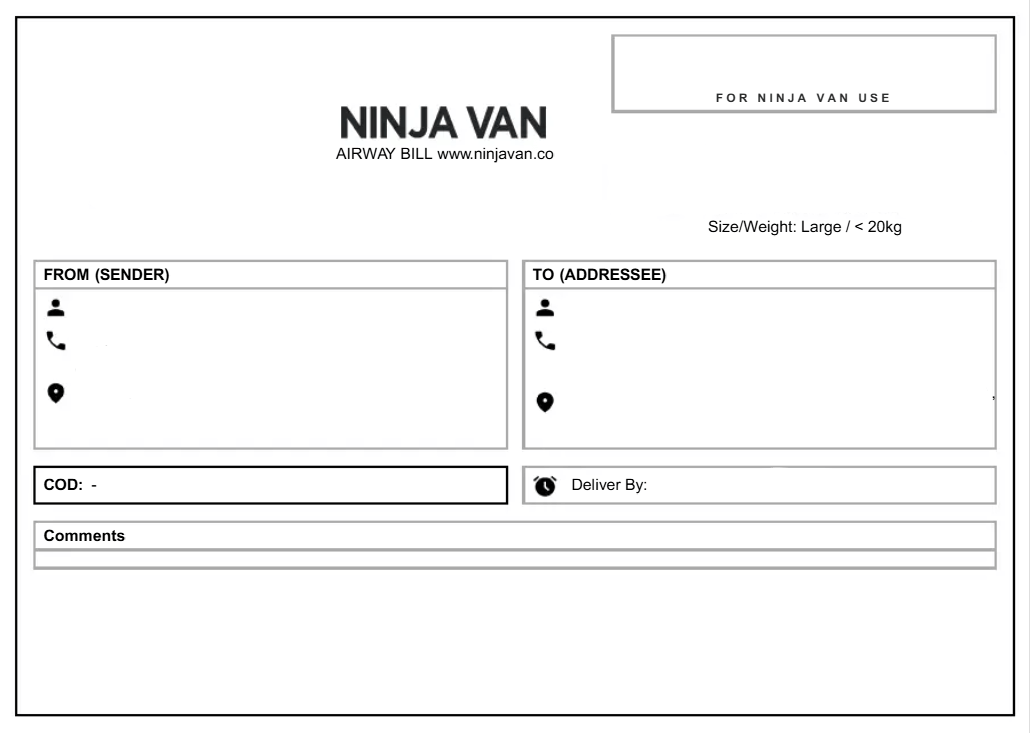
This kind of layout makes it easier for both sender and receiver to verify all items delivered.
What a Delivery Order Sample Usually Includes
To help you understand better, here’s what a typical delivery order sample contains:
Section | Details Included |
Header Information | Company name, logo, address, contact number, and date |
Delivery Order Number | A unique DO number for tracking and reference |
Customer Details | Recipient name, address, and contact information |
Order Details | List of products, item codes, quantity, and description |
Remarks/Notes | Additional delivery instructions or comments |
Signature Section | Space for sender and receiver signatures upon delivery |
This format ensures both parties have a clear record of the goods being sent, making the delivery process more organized and professional.
Why a Delivery Order Is Important?
A delivery order helps maintain clarity between businesses, couriers, and customers. It avoids misunderstandings about what was shipped or received and acts as proof in case of disputes.
For e-commerce sellers, having a DO helps with inventory control, return management, and customer trust. When your delivery documents are clear and professional, your business looks more reliable and organized.
How to Create a Delivery Order?
Creating a delivery order doesn’t need to be complicated. You can make one easily using tools like Microsoft Word, Excel, or Google Docs. Just include the key sections mentioned above, and keep the design simple and readable.
Alternatively, many online shipping platforms, including EasyParcel, automatically generate delivery details through the Air Waybill (AWB) and order summaries. This means you don’t have to create a separate delivery order manually — everything is handled for you in one system.
Benefits of Using a Delivery Order
1. Better Record-Keeping
A delivery order helps you track which items were shipped, when, and to whom. It provides a clear reference for every transaction made.
This ensures you can easily trace back orders in case of delays or customer inquiries, keeping your business records organized and reliable.
2. Reduces Delivery Disputes
Having a delivery order acts as proof of shipment and receipt between you and the customer. It confirms that the goods have been dispatched or received as agreed.
This helps prevent misunderstandings or disputes, especially in cases where items go missing or arrive late.
3. Improves Professionalism
Issuing a delivery order shows that your business follows proper documentation and logistics processes. It reflects a structured and trustworthy operation.
Customers are more confident purchasing from businesses that maintain clear records and transparent procedures.
4. Simplifies Inventory Management
A delivery order allows you to update stock levels accurately after each shipment. It clearly lists what items have left your warehouse.
This helps reduce overstocking or stockouts, ensuring smoother inventory planning and better control of your supply chain.
5. Integrated with EasyParcel’s Digital System
When combined with EasyParcel’s digital tools, managing delivery orders becomes even easier. All information — from shipping labels to delivery confirmations — is accessible in one place.
This not only saves time but also helps you monitor your entire shipping process efficiently without paperwork.
How to Ship Items with EasyParcel
- Step 1
- Step 2
- Step 3

- Place the items in the small box.
- Wrap with bubble wrap so it doesn’t get scratched.
- If it’s a branded item, keep the original box inside.
- Seal the package with strong tape and fragile adhesive.
 Check the weight with a scale
Check the weight with a scale- Measure the length, width and height

- Log in to your EasyParcel account.
- Enter the pickup and delivery address.
- Enter the weight and size of the package.
- Choose your courier service (J&T, DHL, Pos Laju).
- Add insurance if the item is expensive.
A delivery order sample is more than just a document — it’s an essential part of a professional shipping process. It ensures that every delivery is clearly documented and traceable from sender to receiver.
With EasyParcel, you can make delivery simple, affordable, and efficient — helping your business grow smoothly. EasyParcel welcomes you with a FREE RM10 credit for your first shipment. Sign up today and start shipping smarter with EasyParcel!
FAQ
1. What is the purpose of a delivery order?
It confirms that specific items have been shipped and helps both sender and receiver keep accurate records.
2. Is a delivery order the same as an invoice?
No. An invoice is for billing, while a delivery order is for confirming item delivery.
3. Can I create my own delivery order sample?
Yes, you can design your own using Word or Excel — just include basic information like item details, quantity, and signatures.
4. Does EasyParcel provide delivery orders?
EasyParcel automatically includes delivery details through its AWB and order tracking system, so a separate delivery order isn’t needed.
 Singapore
Singapore Thailand
Thailand Indonesia
Indonesia